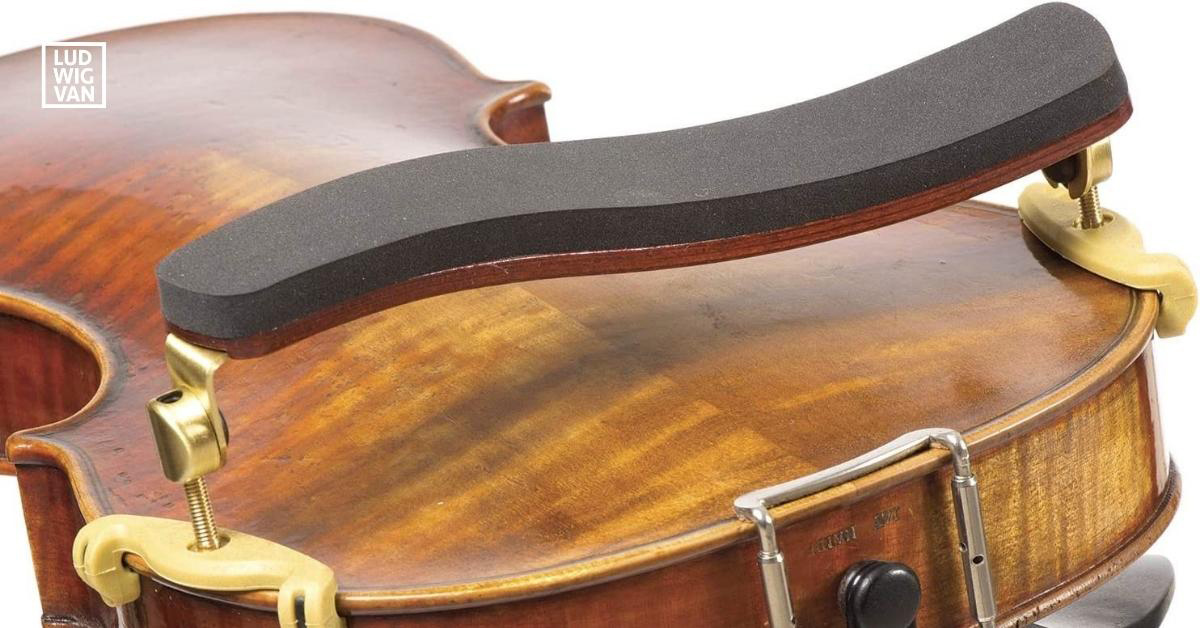
A Canadian company is celebrating 50 years of success with a violin shoulder rest model that is used by millions of musicians worldwide.
Joseph Kun applied for a patent for his original “violin support” in 1969, and it was granted in 1972. He founded the company that bears his name the same year.
Since Kun’s passing in 1996, his widow Marina continued to run the company.
“It struck me as a brilliant idea,” she says in an interview with The Ottawa Citizen. “It’s important to know that this didn’t exist before. Joseph created the market for shoulder rests — the demand was growing and we just had to clue in.”
The history of the shoulder rest
Modern violin players take the comfort of the chin and shoulder rests for granted, but early players of the instrument were told to hold the violin with their chin. It fell largely on the left hand to control the angle and grip on the instrument. That naturally inhibits movement to a certain extent, making some passages more difficult.
That changed as more demanding music required a different approach.
The chin rest was the first innovation to appear in the concert world, first mentioned by composer and violinist Louis Spohr (the Geigenhalter, or “violin holder”) in 1833, although its use was often frowned upon until the latter part of the 20th century.
The shoulder rest is first mentioned in 1913, but it’s not clear if the item in question was a dedicated device, or simply a cushion. A company known as RDM Enterprises applied for a US patent for something they called “shoulder pads” or “shoulder rests” for the instrument. From the description, it appears to be a combination of the so-called Poehland cushion, first patented in 1903, with a shoulder rest. Another model developed by Mirko Medakovic screwed onto the instrument itself.
The first modern model of the shoulder rest was invented in 1936 by Vlado Kolitsch (1899-1979). It used a system of rubber hooks to attach to the instrument. There were several others that looked to improve on past construction models for violin shoulder pads.
Joseph Kun’s 1972 patent, however, and subsequent improvements, established the now widely accepted model that incorporates rubber mounting brackets, and a plastic mould, with a polyurethane foam cushion.
The company
Born in Czechoslovakia, Kun was a music teacher and instrument maker who left Prague when the Soviets invaded in 1968. He came to Ottawa for the then-new National Arts Centre, and quickly found a place in the city’s musical community as a bow maker and instrument repair specialist.
He met Marina, who had a business sense. She saw the potential for his shoulder rest design, one that he had made by hand and sold on a very small scale even before coming to Canada.
As the company’s success grew, the Kuns became supporters of the arts, and founded a scholarship at the University of Ottawa, among other philanthropic efforts.
Today, Marina Kun is still a staunch supporter of Ottawa Chamberfest, where she sponsors the Marina Kun series, and a concert on July 30 will commemorate the company’s 50-year anniversary. Chamberfest artistic director Carissa Klopoushak is one of the device’s fans, along with classical world luminaries like James Ehnes, Lara St. John, and Braimah Kanneh-Mason.
- Sustainability and the Music Industry - February 26, 2024
- Online Content Creators Continue Trend of Choosing Classical Music - December 18, 2023
- TikTok #Classicalmusic Challenge Returns For Round 2 - July 31, 2023


